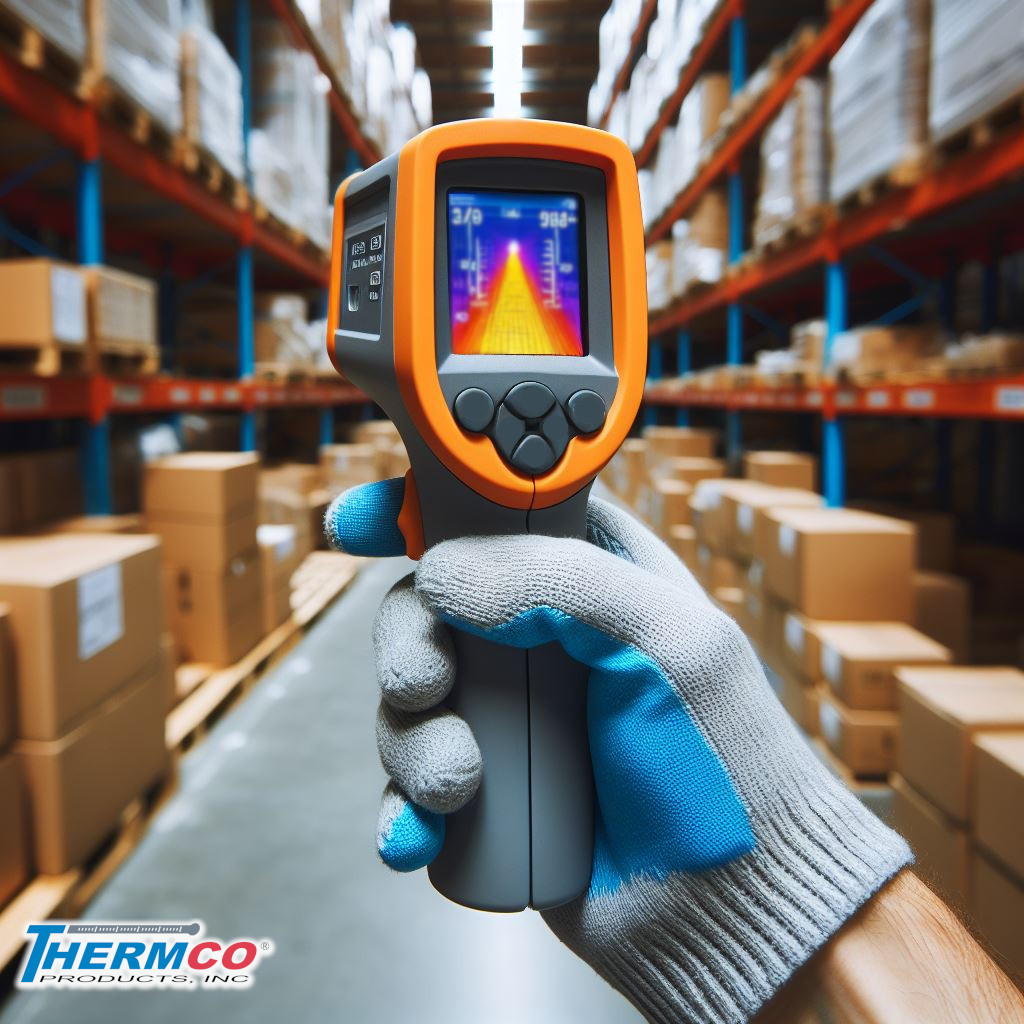In the world of temperature measurement, accuracy and reliability are paramount. This is especially true for industries such as healthcare, food processing, and manufacturing, where even the slightest deviation from the standard can have significant consequences. Enter the National Institute of Standards and Technology (NIST), a non-regulatory agency of the United States Department of Commerce. NIST provides a crucial service in ensuring the accuracy of temperature measurements by establishing and maintaining standards for thermometers. This is known as NIST Traceable standard or NIST Traceability.
What is NIST Traceability?
NIST traceability refers to the unbroken chain of comparisons that lead to a specific and defined NIST Standard Reference Material (SRM). It is a crucial aspect of measurement and calibration; when a device is NIST traceable, it provides confidence in the accuracy of measurements and ensures that they are consistent with the International System of Units (SI). NIST traceability is achieved through a documented chain of comparisons with defined uncertainties.
The Importance of NIST Traceability
- Accuracy and Reliability: NIST traceability ensures that the thermometers used in various industries are accurate and reliable. This is important for maintaining the quality of products and services as well as ensuring the safety of consumers.
- Consistency and Interoperability: NIST traceability helps to ensure that measurements are consistent across different applications; NIST traceability also promotes interoperability among different organizations, industries, and countries. When measurements are traceable to a common standard, it facilitates data exchange and collaboration on a global scale. This is essential for maintaining the integrity of research and development as well as ensuring that products and services meet the required standards.
- Compliance: Many industries are required to adhere to strict standards and regulations when it comes to temperature measurement. NIST traceability helps to ensure that these standards are met. It also helps ensure that the thermometers used in these industries are in compliance with the relevant regulations.
- Risk Mitigation: Using NIST traceable measurements helps organizations mitigate the risk of errors and uncertainties in their processes. It enhances confidence in measurement results, reducing the likelihood of costly mistakes.
- Cost savings: By ensuring the accuracy and reliability of temperature measurements, NIST traceability can help reduce costs associated with product recalls, waste, and rework. This is especially important for industries where even a small deviation from the standard can have significant financial consequences.
- Innovation: NIST traceability also fuels innovation by providing a solid foundation for research and development. Scientists and engineers can trust the accuracy of their measurements, enabling them to push the boundaries of knowledge and technology.
NIST Traceable Thermometer Standards
NIST has established a number of standards for NIST traceable thermometers, including the International Temperature Scale of 1990 (ITS-90). This standard defines the temperature scale and provides a means for calibrating thermometers. The organization also maintains a database of certified reference materials (CRMs) that can be used to calibrate thermometers, including NIST traceable glass thermometers, and ensure their accuracy.
In addition to the ITS-90, the NIST has also established standards for specific types of thermometers, such as infrared thermometers and thermocouples. These standards provide guidelines for the design, calibration, and use of these thermometers, ensuring that they are accurate and reliable.
NIST Traceable Calibration
To achieve NIST traceability, the following key components are necessary:
- A Defined Standard: NIST maintains a comprehensive set of measurement standards for various physical quantities. These standards are meticulously calibrated and periodically updated to ensure their accuracy.
- Calibration Laboratories: Organizations or calibration labs that perform measurements and calibrations must have their instruments calibrated against the NIST standards. This step creates a direct connection to NIST’s reference standards.
- Chain of Comparisons: The calibration lab’s measurements should be traceable to NIST through a documented chain of comparisons. Each step in the chain must be traceable to a higher-level standard until it reaches a NIST standard.
- Documentation: Every calibration and measurement process should be thoroughly documented. This includes the instruments used, the methods applied, and the results obtained. This documentation provides transparency and ensures the traceability of the measurement.
Conclusion
NIST traceability and its standards for thermometers play a crucial role in ensuring the accuracy and reliability of temperature measurements. By following these guidelines, businesses can guarantee the security of their customers, uphold the caliber of their goods and services, and abide by applicable laws. Industries that depend on precise and trustworthy temperature readings can benefit greatly from the NIST’s ongoing efforts to improve temperature measurement accuracy and uphold the integrity of its standards.

